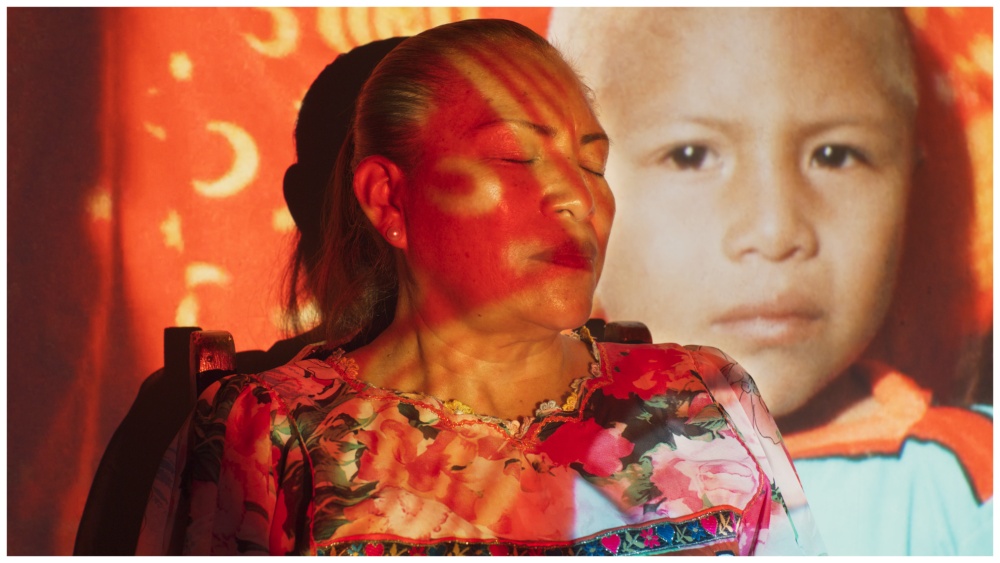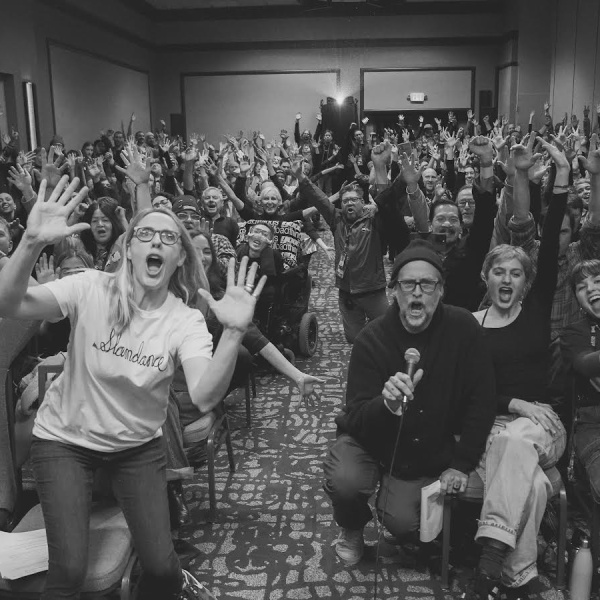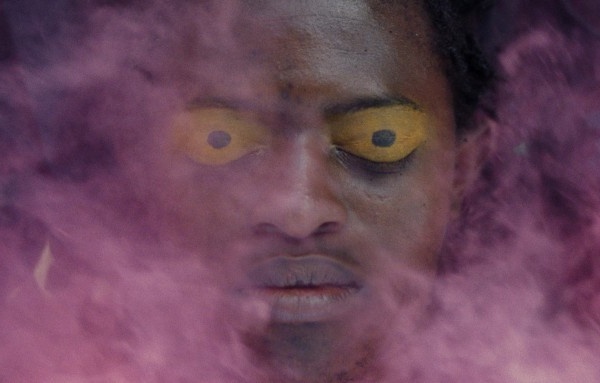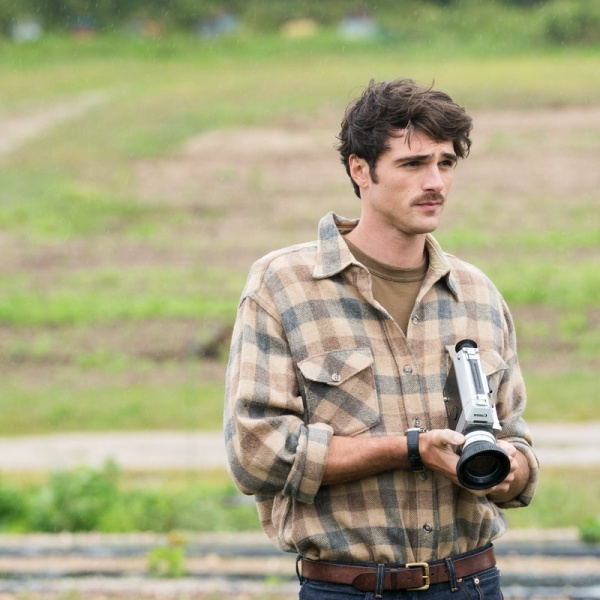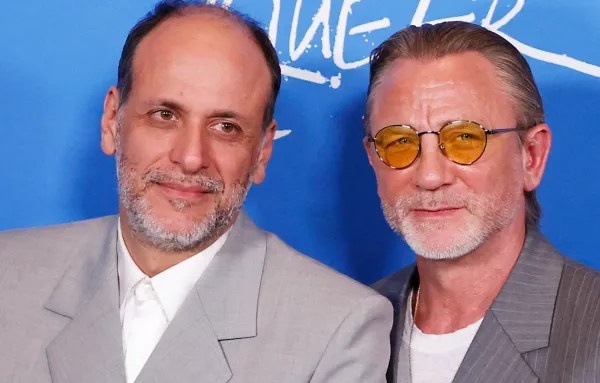In 1962, hot off his Oscar win for Best Documentary Feature for his “The Sky Above, the Mud Below” (the first time the award was given out, to boot), French filmmaker Pierre Dominique Gaisseau announced plans for his next feature: another documentary about indigenous people, this one about “life in a village.” He, along with his wife Kyoko and daughter Akiko, soon decamped to the Panamanian island of Kuna, embedding themselves with the local people to capture the unique nature of their “matrilocal” society.
The people of Kuna never saw the finished product, set to be titled “God Is a Woman,” as Gaisseau — never one to be concerned with such basic worries like “financial backing” — ran out of funding for the film, only for it to be confiscated by his bank. Fifty years later, the Kuna people are still aching to see what Gaisseau made of their lives, though not perhaps for the reasons one might expect. Enter first-time feature filmmaker Andres Peyrot and his documentary, also titled “God Is a Woman,” that seeks to not just track Gaisseau’s path but to turn the story of a lost film into a story about the power of reclamation.
Despite the headline-ready concept — a lost film! discovered! — Peyrot’s own “God Is a Woman” is less concerned about the actual search for Gaisseau’s finished film than exploring what it means to document a people through our own limited vision. While many people in Kuna remember Gaisseau fondly — and his wife and daughter remain objects of intense affection, even decades later — they’re also still struck by the ways in which he misunderstood their culture and society.
At one point in Peyrot’s documentary, a group of elder Kuna men expounds on the various ways in which Gaisseau attempted to twist the narrative of Kuna to his own liking (and, as is explored later on, to the expectations of the Western world, who wanted to have a “primitive” culture like that of the Kuna remain very much under glass). Gaisseau, for instance, wouldn’t allow the Kuna to bring plastic bottles into shots while he was filming, balking at the use of such a “modern” convenience in a world that he was bent on portraying as existing outside the realm of contemporary society. Even his obsession with the Kuna’s matrilocal society was twisted, misunderstood, and overblown (like those damned bottles, Gaisseau didn’t want to see men in scenes depicting matrilocal rituals, even though they’re just as much part of them as the women). As much as he admired the people, he could never quite get inside their mindset, perpetually seeing them — and filming them — not just as “other” but as somehow moldable to his own ideas.
And yet, five decades on, the people of Kuna are still eager to see what Gaisseau shot. And while they’re certainly interested in the perspective the filmmaker lensed from, they already know how Gaisseau saw them (more compelling and less explored is how Peyrot sees them and how he convinced this group of people to let him inside their ranks after the Gaisseau kerfuffle), and what they really want to see is far more personal: They want to see themselves. In the intervening decades, many of the people Gaisseau and his family got to know, the same people he documented for his lost film, have passed on, and the younger generations are desperate to see footage of their loved ones.
In a film that often gets lost in the weeds of separating art and humanity, personal perspective and basic respect, it’s the most understandable and emotional theme of all. For the Kuna people, it’s not just a film that’s been lost, it’s their own memories, their own families, a slice of time they simply want to have the chance to look upon, even just once. Peyrot subtly weaves in snippets of Gaisseau’s film throughout his documentary — often, too subtly — so the revelation that numerous copies of the doc do exist and are eventually available to screen in Kuna isn’t played up for drama.
The path to an eventual screening of Gaisseau’s film is, however, complete with both engaging subplots (like that of Kuna local Turpana, who fell in love with movies while watching Gaisseau work, eventually heading to Paris for film school and later leading the charge to find the lost film) and undercooked ruminations (Peyrot’s bent toward showing a truly modern Kuna is understandable, but mostly involves a few scattered shots of younger Kuna making rap videos for TikTok).
Eventually, Peyrot finds his way to a final act that hinges on that long-desired screening of Gaisseau’s film for all of the Kuna people, which turns into a staggering act of cultural communion and personal reclamation. Still, there’s a discomfort to watching the Kuna people savor this hoped-for experience, refracted back through so many lenses, so many other people’s perspectives, a very real moment that loses something in the translation to the screen. Only if we look, really look, with our eyes open might we hope to capture a glimpse at the real meaning of documentary filmmaking: to see real life, without interruption, something that can never truly be lost.
Grade: B-
“God Is a Woman” premiered at the 2023 Venice Film Festival. It is currently seeking U.S. distribution.
